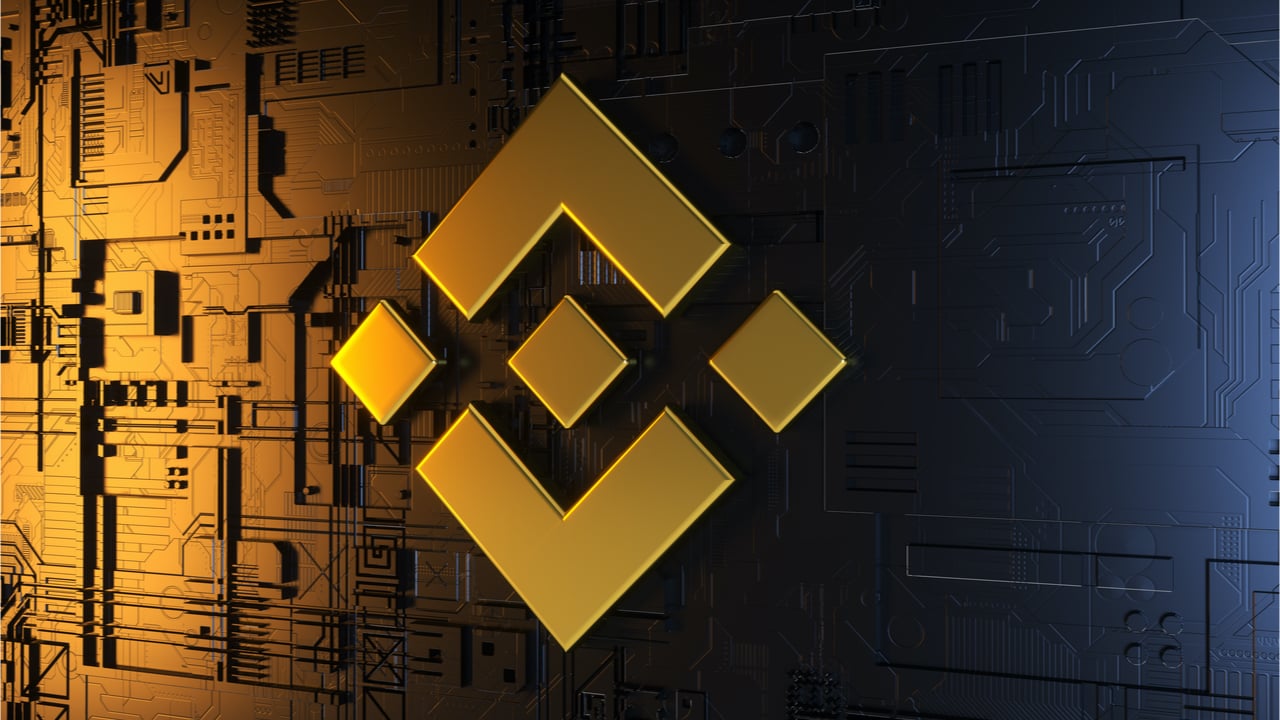
From Steemit and LBRY to Ujo Music and SuperRare, discover how blockchain technology empowers content creators in the digital age.
Blockchain technology has recently penetrated a number of sectors, altering the way we do business, store data and interact with digital assets. The decentralized and transparent nature of blockchain also benefits content creators, including authors, musicians, artists and photographers.
Blockchain-based platforms offer unique opportunities for content creators to protect their intellectual property, receive fair compensation, and engage with a global audience. This article will explore seven blockchain-based platforms that enable content producers to earn money from their work while retaining creative control.
Steemit
A blockchain-based social media site called Steemit pays content producers in cryptocurrency. By publishing creative material, supporting worthy content and engaging with the platform’s community, users can earn “Steem” tokens.
The decentralized nature of the network ensures that content producers retain ownership and control over their creations. As a blogging platform, Steemit has grown in popularity, drawing content producers from a variety of industries.
LBRY
LBRY is a decentralized platform for publishing and sharing information that makes use of blockchain technology. By eliminating intermediaries, it enables content producers to publish their work directly on the platform.
Thanks to LBRY’s blockchain-based system, creators have complete ownership over their creations and receive fair compensation for their contributions. Additionally, users can find and access a variety of information thanks to LBRY’s distinctive architecture because no centralized authority controls what is made available.
Related: What’s next for NFTs and Web3 in the age of the creator economy?
Ujo Music
Ujo Music is a blockchain-based platform specifically designed for musicians and other music industry professionals. It provides an environment where musicians can publish their work, own their rights and receive payment from customers directly.
To make sure that artists are appropriately compensated for their work and have more control over licensing and royalties, Ujo Music makes use of the transparency and smart contracts offered by blockchain technology.
Po.et
Po.et is a blockchain platform that seeks to establish a decentralized, unchangeable database for artistic productions. It enables content producers to timestamp all of their digital assets on the blockchain, such as texts, photos, videos and more.
Creators can demonstrate ownership and a record of the existence of their work by doing this, which can be extremely helpful in situations involving copyright infringement. Po.et gives content producers the ability to enforce their intellectual property rights and offers a market for licensing and remuneration for their productions.

SuperRare
Digital art can be purchased on SuperRare, a blockchain-based marketplace. It enables artists to produce and market original digital works of art in the form of nonfungible tokens (NFTs).
Thanks to blockchain technology, each NFT represents a one-of-a-kind work of art and is indubitably rare. SuperRare gives creators a platform to share and make money from their digital works, and collectors may buy and possess unique digital artworks.
Related: The NFT marketplace: How to buy and sell nonfungible tokens
Audius
A decentralized music streaming service called Audius seeks to upend the established music business. It allows musicians to share and profit from their work without using intermediaries. Audius uses blockchain technology to make sure that creators are in charge of their content and are fairly compensated for their efforts.
The platform’s decentralized structure makes it possible for a more inclusive and diverse music ecosystem, which also aids up-and-coming musicians in gaining visibility and forging connections with their audience.
BitClout
Content producers can monetize their social media presence with BitClout, a blockchain-based social media platform. It uses a novel business model where users can purchase and exchange “creator coins” that represent significant figures on the platform.
Fans can support the development of their favorite creators by purchasing creator coins. BitClout gives content producers a fresh method to interact with their audience and open up revenue streams.









